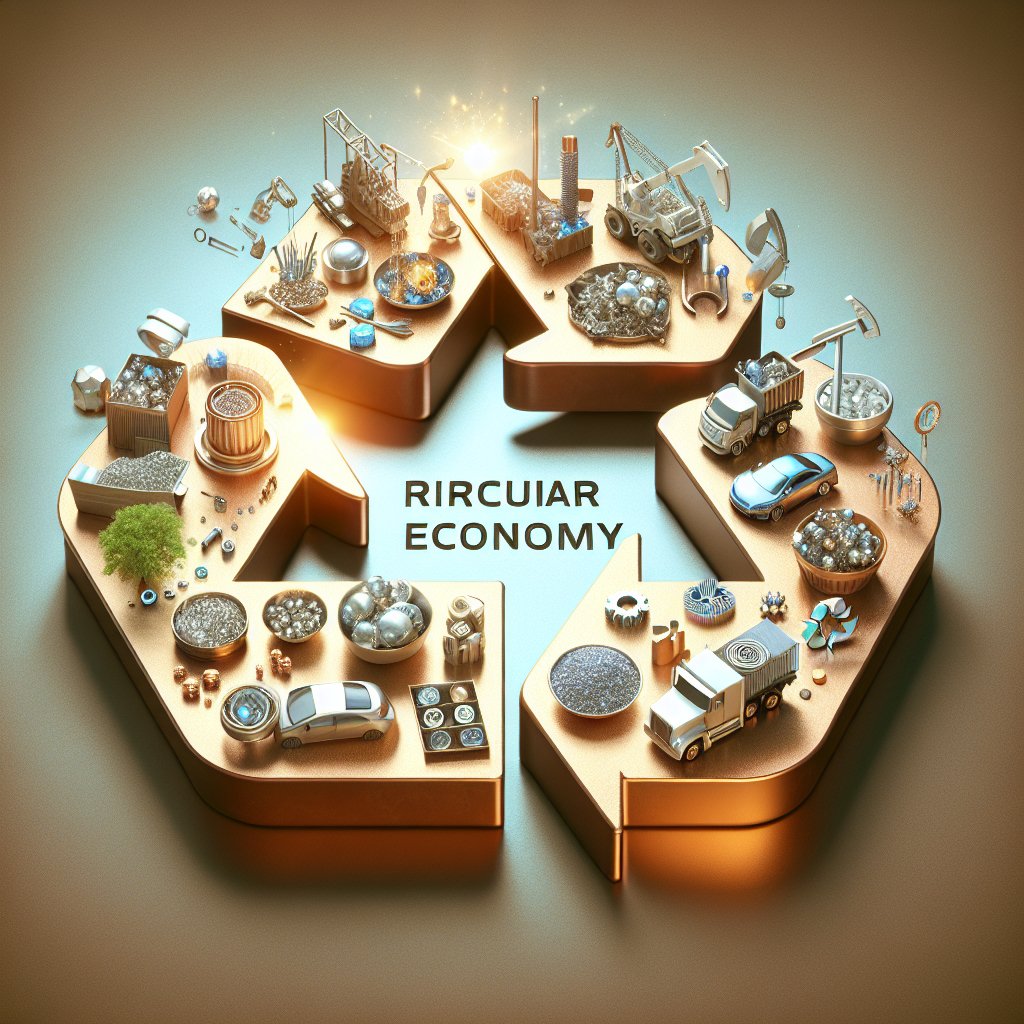The global rare metals industry is a critical component of modern technology and manufacturing, with key players driving innovation and supply chains across the world. Rare metals, including elements like lithium, cobalt, and rare earth elements, are essential for the production of electronics, renewable energy technologies, and advanced manufacturing processes. Understanding the dynamics of this industry requires an examination of the major companies and countries that dominate the market, as well as the challenges and opportunities they face.
Major Companies in the Rare Metals Industry
The rare metals industry is characterized by a few dominant companies that control significant portions of the market. These companies are involved in the extraction, processing, and distribution of rare metals, and they play a crucial role in meeting global demand.
One of the leading companies in this sector is Glencore, a multinational commodity trading and mining company headquartered in Switzerland. Glencore is a major player in the cobalt market, which is vital for the production of lithium-ion batteries used in electric vehicles and portable electronics. The company operates several mines in the Democratic Republic of Congo, which is the world’s largest producer of cobalt.
Another key player is China Northern Rare Earth Group High-Tech Co., Ltd., which is one of the largest producers of rare earth elements. These elements are essential for the production of high-tech devices, including smartphones, wind turbines, and military equipment. The company benefits from China’s vast rare earth reserves and government support, allowing it to maintain a strong position in the global market.
Albemarle Corporation, based in the United States, is a leading producer of lithium, a critical component in rechargeable batteries. The company operates lithium production facilities in Chile, Australia, and the United States, and it is actively expanding its operations to meet the growing demand for electric vehicles and energy storage solutions.
Geopolitical Influences and Market Dynamics
The global rare metals industry is heavily influenced by geopolitical factors, as the distribution of these resources is uneven across the world. Countries with significant rare metal reserves often have substantial influence over the market, and their policies can impact global supply and pricing.
China is a dominant force in the rare metals industry, particularly in the production of rare earth elements. The country controls a significant portion of the world’s rare earth supply, and its export policies can have far-reaching effects on global markets. In recent years, China has implemented export restrictions and increased domestic consumption, leading to concerns about supply shortages in other countries.
Australia is another key player, particularly in the lithium market. The country has abundant lithium reserves and is one of the largest producers of this metal. Australia’s stable political environment and favorable mining regulations make it an attractive destination for investment in rare metals extraction and processing.
The United States is also a significant player, with a focus on reducing dependence on foreign sources of rare metals. The U.S. government has implemented policies to encourage domestic production and processing of rare metals, including investments in research and development and the establishment of strategic reserves.
Challenges and Opportunities in the Rare Metals Industry
The rare metals industry faces several challenges, including environmental concerns, supply chain disruptions, and fluctuating market demand. However, these challenges also present opportunities for innovation and growth.
Environmental concerns are a major issue in the rare metals industry, as mining and processing activities can have significant ecological impacts. Companies are increasingly investing in sustainable practices and technologies to minimize their environmental footprint. This includes the development of recycling technologies to recover rare metals from electronic waste, reducing the need for new mining operations.
Supply chain disruptions, such as those caused by geopolitical tensions or natural disasters, can impact the availability and pricing of rare metals. Companies are exploring strategies to diversify their supply chains and reduce reliance on single sources of rare metals. This includes investing in new mining projects in different regions and developing alternative materials that can replace rare metals in certain applications.
Despite these challenges, the rare metals industry presents significant opportunities for growth, driven by the increasing demand for high-tech devices and renewable energy technologies. The transition to electric vehicles and the expansion of renewable energy infrastructure are expected to drive demand for lithium, cobalt, and rare earth elements in the coming years.
In conclusion, the global rare metals industry is a complex and dynamic sector, with key players shaping the market through their operations and strategic decisions. Understanding the major companies, geopolitical influences, and challenges in this industry is essential for navigating the opportunities and risks it presents.












